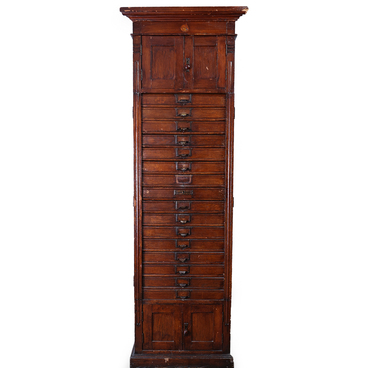The exhibition of the Museum of Far East History presents tallies. Along with counting sticks and other devices on which notches were made, they can be called the first simple means of counting, along with counting using knots on ropes and using objects such as pebbles, grains etc.
In 202 BC in China, tally sticks were made of bamboo stems and animal horns or bones about 2.5 millimeters in diameter. They were 14 to 30 centimeters long, and were painted white and black. A set of 271 sticks was tied into a hexagonal bundle, which was convenient to hold in the hand. Later, the sticks were made of jade and wood. In the 9th century the Chinese began to cast iron sticks.
In stick counting, numbers were formed as different combinations of tally sticks. Numbers from one to five were represented by the corresponding number of sticks. For numbers from six to nine, one stick was placed perpendicular to the others, which was from one to four, respectively. The number ten was denoted by one stick placed in an adjacent position perpendicular to the stick denoting one. Negative numbers were indicated by placing a counting stick diagonally after a certain number. Zero did not have a separate tag and was indicated by the empty space between the sticks.
“Stick” counting had an advantage over writing in that it allowed numbers that were no longer needed to be taken apart. By moving the sticks, the operations of addition, subtraction, multiplication and division could be easily performed. In China, tally sticks played a very significant role in the development of mathematics as a science and for more than 2,000 years were the primary method of arithmetic counting. It was not until the Yuan and Ming dynasties that tally sticks were replaced by counting frames.
Bamboo tallies joined the
museum collection after the liquidation of the Vladivostok Millionka Chinese
Quarter in 1936. They probably belonged to a Chinese merchant and were used for
calculations in one of the shops in the local Chinatown.


